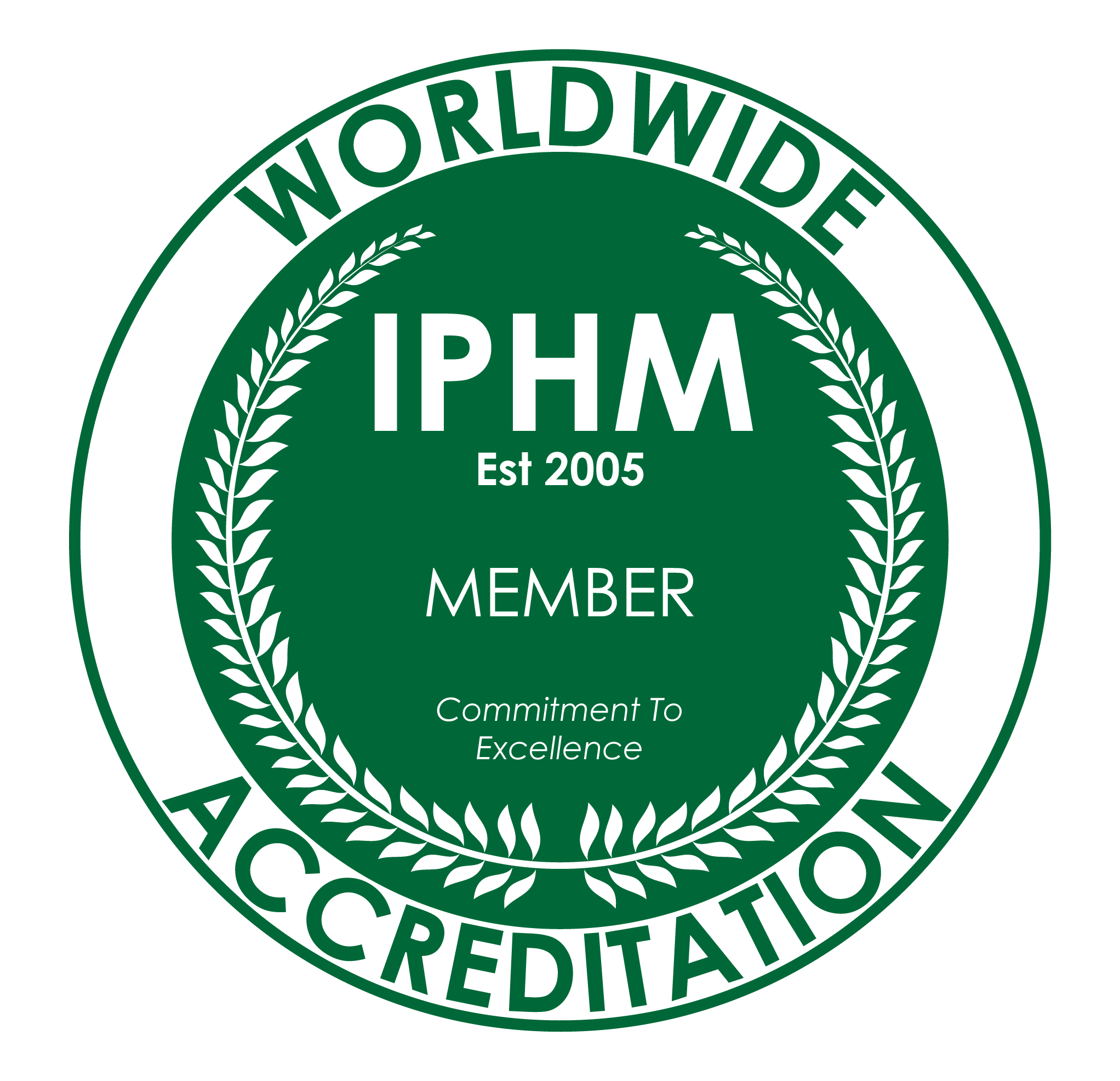In our increasingly demanding world, the way we speak to ourselves has become more critical than ever. If you’ve ever caught yourself in a spiral of self-criticism, felt overwhelmed by perfectionism, or struggled with that nagging inner voice that tells you you’re not enough, you’re certainly not alone. As a holistic therapist and family constellations facilitator practicing in Dublin, Naas, and Newbridge, I’ve witnessed firsthand how the combination of self-compassion meditation and somatic healing can create profound transformation in people’s lives.
Understanding Self-Compassion: More Than Just Being Nice to Yourself
Self-compassion, as pioneered by researcher Dr. Kristin Neff, goes far beyond simple self-care or positive thinking. It’s a revolutionary approach to relating to yourself that consists of three essential components: self-kindness instead of harsh self-judgment, recognizing our common humanity rather than feeling isolated in our struggles, and mindful awareness of our pain without being overwhelmed by it.
Recent research published in Nature Communications, involving over 10,000 participants, found that individuals who practice authentic self-expression and self-compassion report significantly greater life satisfaction and emotional well-being. This isn’t just feel-good psychology – it’s evidence-based science that shows how changing our internal relationship transforms our entire life experience.
The Science Behind Somatic Healing and Self-Compassion
What makes the combination of self-compassion and somatic healing so powerful is how it addresses both the psychological and physical aspects of our experience. Somatic healing recognizes that our bodies hold and store emotional experiences, trauma, and even our habitual patterns of self-criticism.
When we practice harsh self-judgment, our nervous system activates stress responses. Our shoulders tense, our breathing becomes shallow, and our entire body contracts. Over time, this chronic self-criticism literally lives in our tissues, creating patterns of tension, anxiety, and disconnection from our authentic selves.
Somatic approaches help us recognize these physical patterns while self-compassion gives us the tools to respond differently. Instead of fighting against our pain or trying to think our way out of difficult emotions, we learn to breathe with them, soften around them, and offer ourselves the same kindness we would give a dear friend.
How Self-Criticism Manifests in the Body: Recognizing the Signs
In my practice working with clients across Dublin, Naas, Newbridge, and online internationally, I’ve observed consistent patterns in how self-criticism shows up somatically:
Physical Tension Patterns:
- Chronic shoulder and neck tension from carrying the weight of perfectionism
- Tight chest and restricted breathing from holding back authentic expression
- Digestive issues related to chronic stress and self-judgment
- Jaw clenching from holding back words or swallowing criticism
- Lower back pain from lack of self-support and constant pushing
Nervous System Dysregulation:
- Anxiety and hypervigilance from never feeling “good enough”
- Depression and fatigue from the exhausting effort of constant self-improvement
- Insomnia from racing thoughts about mistakes and inadequacy
- Emotional numbness as protection from overwhelming self-criticism
Behavioral Manifestations:
- People-pleasing and difficulty setting boundaries
- Procrastination and perfectionism paralysis
- Social anxiety and fear of judgment
- Workaholism and inability to rest
- Difficulty receiving compliments or support
The Somatic Self-Compassion Approach: Healing Through the Body
Traditional therapy often works primarily with thoughts and emotions, but somatic self-compassion approaches healing through direct body awareness. This bottom-up approach recognizes that lasting change happens when we involve our entire nervous system, not just our thinking mind.
Key Elements of Somatic Self-Compassion:
1. Body Awareness and Tracking Learning to notice physical sensations without immediately trying to change them. This might involve observing the tightness in your chest when self-criticism arises, or feeling the warmth that spreads through your body when you offer yourself genuine kindness.
2. Nervous System Regulation Using breath, movement, and gentle touch to help your body move from stress states into regulation. This could include placing a hand on your heart during difficult moments, or using specific breathing techniques to activate your parasympathetic nervous system.
3. Somatic Resources Developing body-based tools for self-soothing and emotional regulation. These might include progressive muscle relaxation, grounding techniques, or mindful movement practices that help you feel more connected to your body.
4. Trauma-Informed Approaches Recognizing that many patterns of self-criticism developed as protective mechanisms, often in response to early experiences. Somatic approaches honor these protective patterns while gently inviting new possibilities.
Practical Techniques: Integrating Self-Compassion and Somatic Healing
The Compassionate Body Scan Unlike traditional body scans that focus on relaxation, a compassionate body scan involves bringing loving awareness to each part of your body, appreciating what each area does for you, and offering gratitude rather than criticism for how your body looks or feels.
Self-Compassion Break with Somatic Anchoring When you notice self-criticism arising, place one hand on your heart and one on your belly. Feel the warmth of your own touch while acknowledging: “This is a moment of suffering. Suffering is part of human experience. May I be kind to myself.” The physical touch creates a somatic anchor for the practice.
Loving-Kindness Through the Body Instead of just thinking loving thoughts, this practice involves feeling love and kindness as physical sensations, allowing warmth and appreciation to flow through your body like gentle waves.
Movement and Self-Compassion Gentle, intuitive movement can be a powerful way to embody self-compassion. This might involve swaying, stretching, or any movement that feels nurturing and self-caring in the moment.
The Role of Meditation in Somatic Self-Compassion
Meditation provides the perfect container for developing somatic self-compassion skills. In the stillness of meditation, we can more easily notice the subtle ways self-criticism manifests in our body, and we can practice responding with kindness rather than resistance.
Regular meditation practice helps establish new neural pathways that support self-compassion while giving us direct experience of how our thoughts and emotions live in our body. Over time, this awareness becomes available to us throughout our daily life, not just during formal meditation practice.
Working with a Somatic Self-Compassion Practitioner
While self-practice is valuable, working with a trained practitioner can accelerate your healing journey significantly. As an integrative somatic therapist specializing in self-compassion and family constellations, I offer both in-person sessions in Dublin, Naas, and Newbridge, as well as online sessions for clients worldwide.
What to Expect in Somatic Self-Compassion Work:
- Assessment of your unique patterns of self-criticism and how they show up in your body
- Personalized practices tailored to your nervous system and learning style
- Integration of family constellation insights to understand inherited patterns
- Ongoing support as you develop new neural pathways of self-kindness
- Tools for maintaining your practice between sessions
The Ripple Effects: How Self-Compassion Transforms Relationships
One of the most beautiful aspects of developing genuine self-compassion is how it naturally improves all your relationships. When you stop looking to others to fill the void of self-acceptance, you become available for authentic connection. When you can offer yourself patience and understanding, you naturally extend the same to others.
Many of my clients report that as they develop self-compassion, their partnerships become more intimate, their friendships more genuine, and even their professional relationships more effective. This happens because self-compassion creates an inner stability that doesn’t fluctuate based on others’ opinions or behaviors.
Common Obstacles and How to Navigate Them
“But I Need My Self-Criticism to Motivate Me” This is perhaps the most common concern I hear. Research consistently shows that self-compassion is actually more motivating than self-criticism because it provides a stable foundation for growth rather than the fear-based motivation that eventually burns out.
“It Feels Selfish or Self-Indulgent” Self-compassion is not self-indulgence. It’s about taking responsibility for your emotional well-being so you can show up more fully for others. Think of it as putting on your own oxygen mask first.
“I Don’t Deserve Compassion” This belief often stems from early experiences or cultural conditioning. Somatic approaches can be particularly helpful here because they bypass the thinking mind and work directly with the nervous system’s capacity for self-soothing.
Creating a Sustainable Practice
Developing somatic self-compassion is not about perfection – it’s about practice. Even a few minutes a day of conscious self-kindness can begin to shift lifelong patterns. The key is consistency rather than intensity.
Daily Micro-Practices:
- Morning intention setting with a hand on your heart
- Mindful transitions between activities with self-compassionate check-ins
- Evening appreciation practice for how your body supported you throughout the day
- Compassionate pause whenever you notice self-criticism arising
The Future of Self-Compassion: A Personal and Global Transformation
As more people develop genuine self-compassion, we’re creating a ripple effect that extends far beyond individual healing. Communities become more supportive, workplaces more humane, and families more connected. This isn’t just personal development – it’s social transformation.
In my work across Ireland and internationally, I’ve seen how self-compassion and somatic healing can break generational patterns of criticism and shame, creating new possibilities for future generations. When we learn to treat ourselves with kindness, we model a different way of being human for everyone around us.
Getting Started: Your Next Steps
If you’re ready to explore the transformative power of somatic self-compassion, there are several ways to begin:
- Start with Guided Practice: Use meditation resources specifically designed for self-compassion and somatic healing
- Work with a Qualified Practitioner: Consider individual sessions to address your unique patterns and needs
- Join a Community: Connect with others who are also developing self-compassion practices
- Be Patient with the Process: Remember that developing self-compassion is itself an act of self-compassion
Whether you’re in Dublin, anywhere else in Ireland, or joining us online from anywhere in the world, the journey of developing genuine self-compassion and somatic healing is one of the most important investments you can make in your well-being and the well-being of those you love.
The research is clear: self-compassion and somatic healing offer evidence-based pathways to greater happiness, resilience, and authentic connection. The question isn’t whether these practices work – it’s whether you’re ready to give yourself the gift of genuine self-kindness.
Ready to begin your self-compassion journey? Contact me for a consultation to explore how somatic self-compassion healing can transform your relationship with yourself and create lasting positive change in your life.








